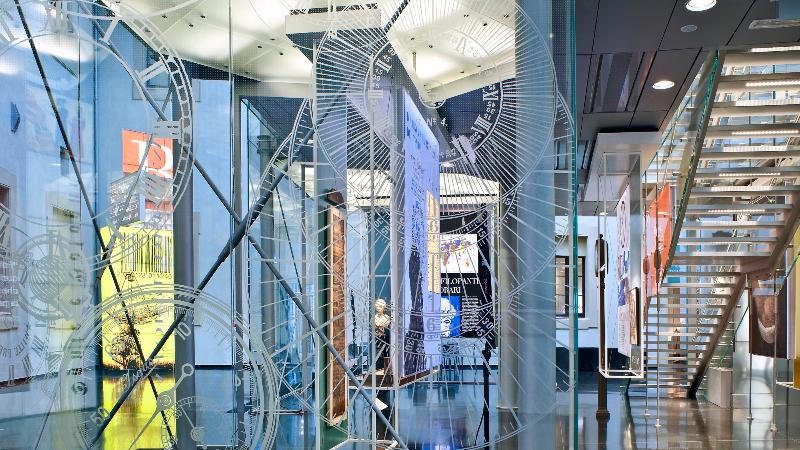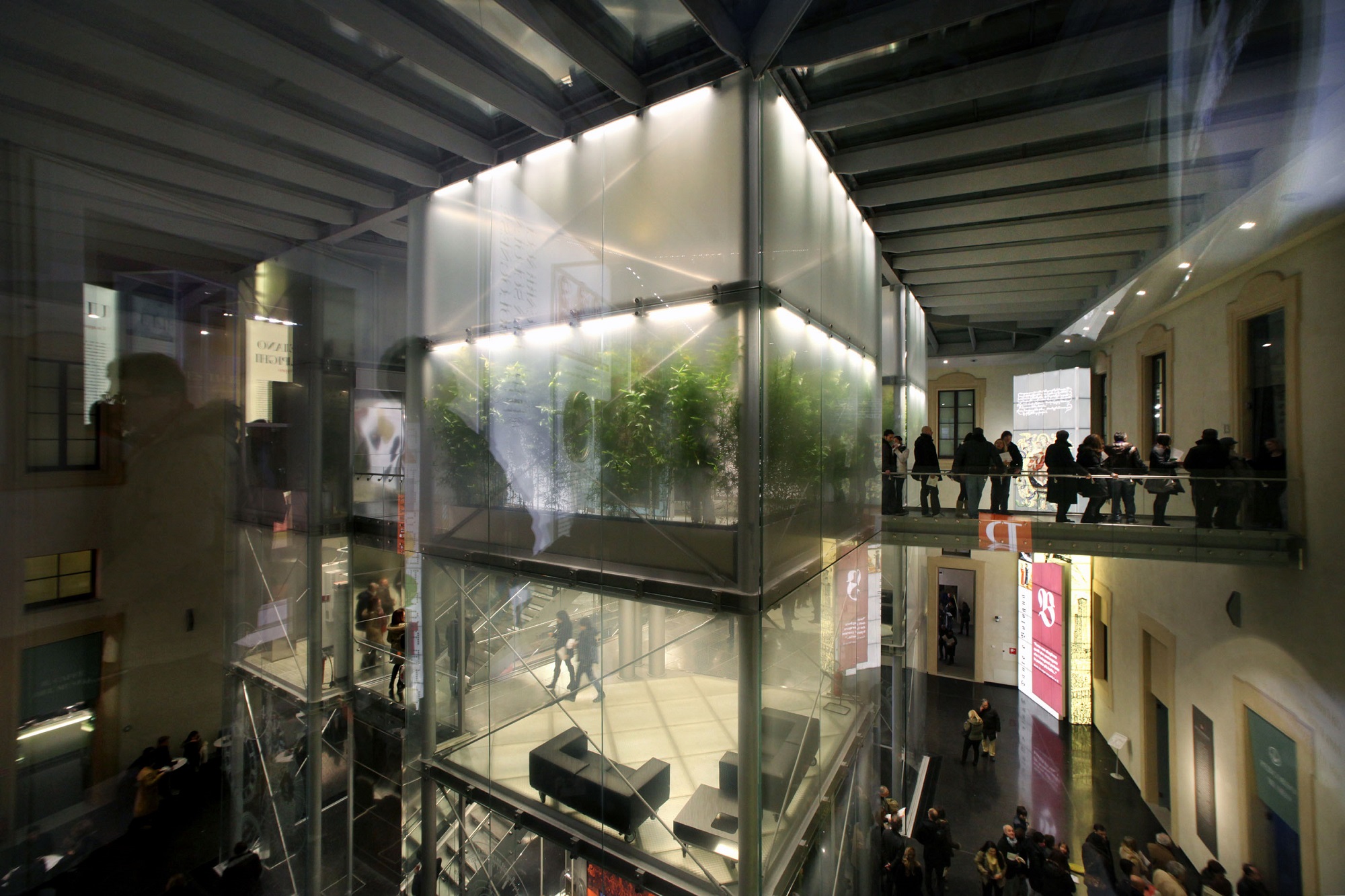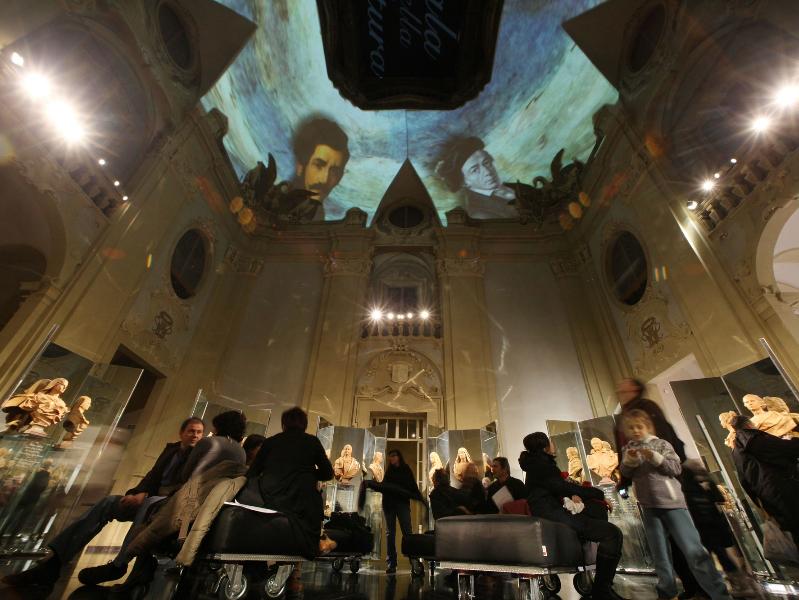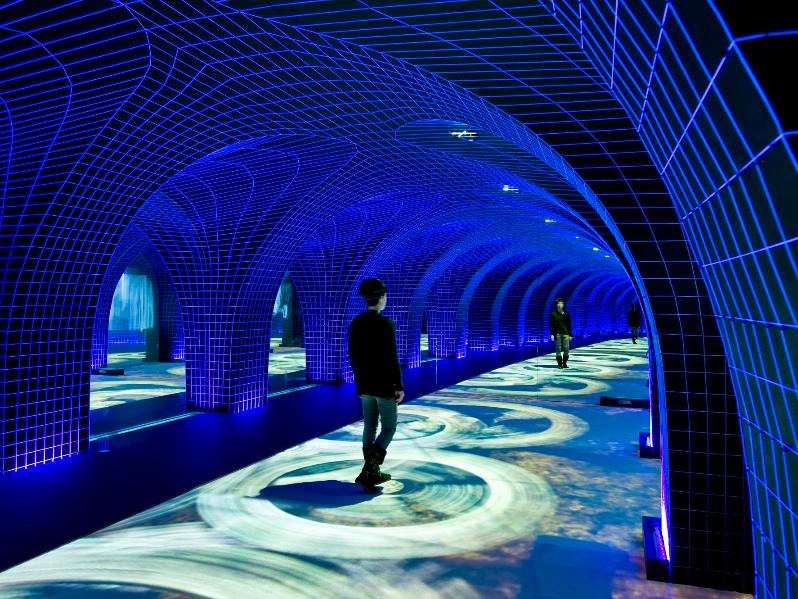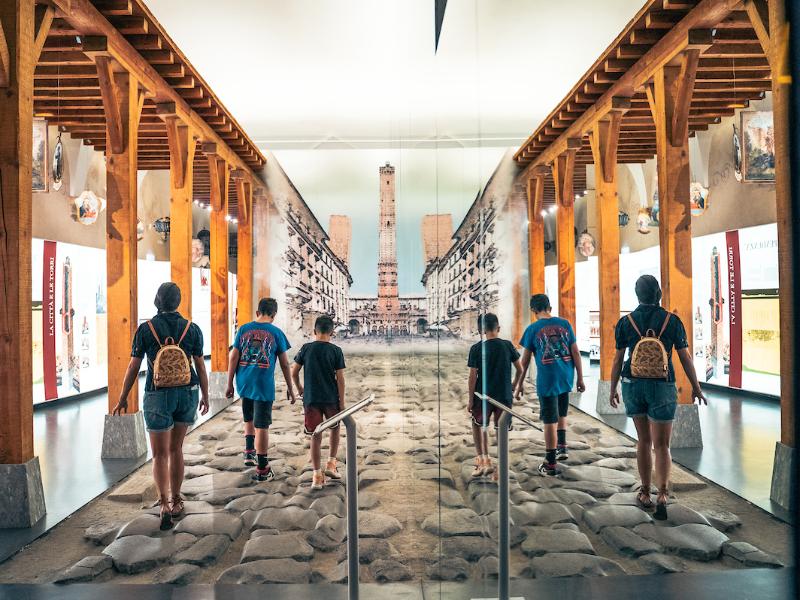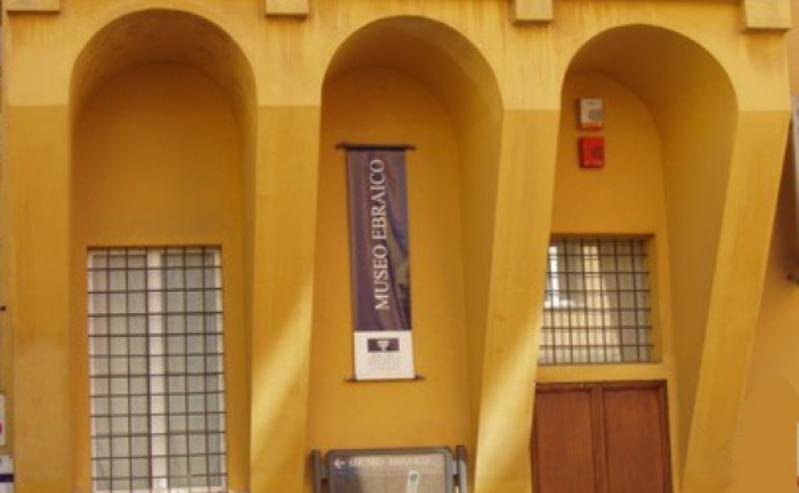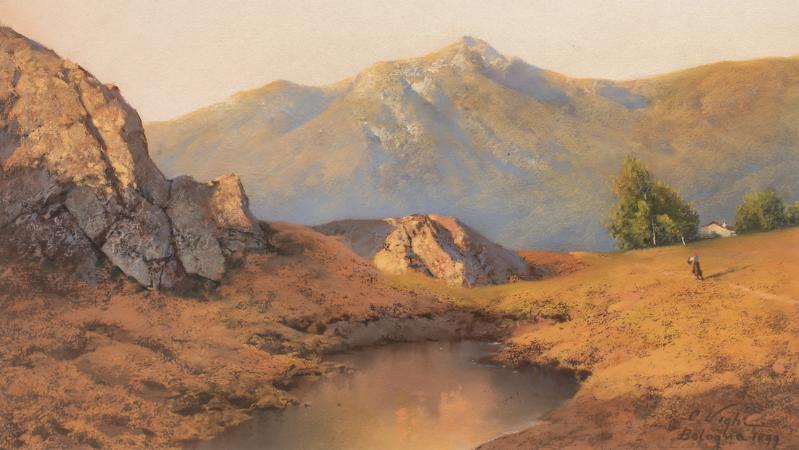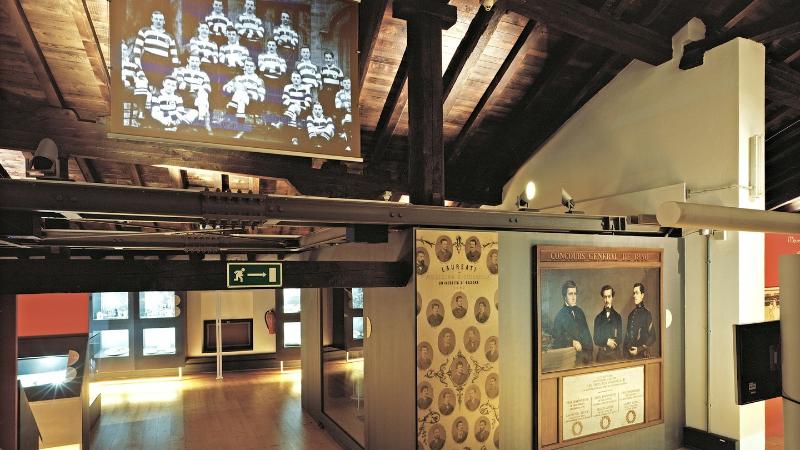Palazzo Pepoli. The Museum of the History of Bologna (Museo della Storia di Bologna) is the site of a museum dedicated to history, culture and the transformation of Bologna, from the Etruscan "Felsina" up until the modern day.
The history of the city and its inhabitants is told via a series of nuclei exhibitions focused on key episodes, symbolic figures, anecdotes and transversal themes. The presentation uses a combination of objects, images and multi-media elements.
The Palazzo Pepoli Museum "Museum of the History of Bologna" is part of the Bologna Welcome Card circuit. Admission is free for Card holders.
Moreover, in the Piazza Coperta (covered square) of Palazzo Pepoli, with free access, you can take a break at the Museum Café or buy souvenirs at the Museum Shop.
Map
Palazzo Pepoli. Museo della Storia di Bologna (Museum of the History of Bologna)
Via Castiglione 10
40125 Bologna
Telephone: +390516583111
Site/minisite/other: https://www.palazzopepoli.it/
Entrance
Audioguide included with the admission ticket (available in ITA / ENG / FRA / ESP)
Full: € 10
Reduced: € 7 (over 65, accompanying persons of Card Cultura holders, adult groups of minimum 10 participants)
Special rate for residents and students: € 5 (city and province residents with ID, children aged 13 to 18 and University students with ID)
Free: Card Cultura and BW Card holders, children under 12, disabled people and one accompanying person
Interests
- Art & Culture
Details
Accessibility
Hearing disability
The entrance does not present any difficulty for the hearing impaired.
Introductory panels help you to access and visit the facility on your own.
The theme of the museum is unique, the history of Bologna, and the descriptive panels are in chronological order; rooms are equipped with cards introducing the exhibition, period by period, in foreign languages, translating what is exposed in a series of hall panels. Traditional exhibition methods alternate to innovative paths, which use a multiplicity of channels and codes.
The language of the explicative panels requires medium linguistic skills, the understanding is supported by the use of graphics and visual supports, image combinations, text and installations that on the whole make the content accessible.
There are no means of visual communication in case of alarm both in the bathrooms and in the lift.
Motor disability and difficulty of movement
The museum is substantially accessible to everyone; however, people with reduced motor skills could find trouble in the first room (Etruscan Bologna) where an Etruscan road with very irregular paving has been rebuilt, and on the way to the Virtual Theatre, where a very long ramp is equipped with a handrail to the right; the space within the Virtual Theatre is reduced, which could be a problem to people in wheelchairs.
Insights
Next concerts at Palazzo Pepoli:
- Sunday 22 December
11:00 a.m., Culture Hall
Philharmonic Orchestra of the Municipal Theatre
Guided tour of the Museum + concert | Music by Mozart and Dvorak
- Monday 23 December
19:00, Culture Hall
Novensemble Orchestra
Museum entrance + concert | Christmas concert with Musicians: Singer, Violin, Cello, Double bass, Piano, Drum - Friday 10 January
19:00, Culture Hall
Novensemble Orchestra
Museum entrance + concert | Piazza Grande - tribute to Bolognese songwriting, with singer/guitar, piano, violin, cello and drums
Timetables
Monday, Wednesday, Thursday: 10am-7pm
Friday, Saturday, Sunday: 11am-8pm
Holidays:
Open: 24 and 31 December: 10am–2pm, 1 January: 11am–7pm, 6 January: 10am–7pm
Closed: 25 December
